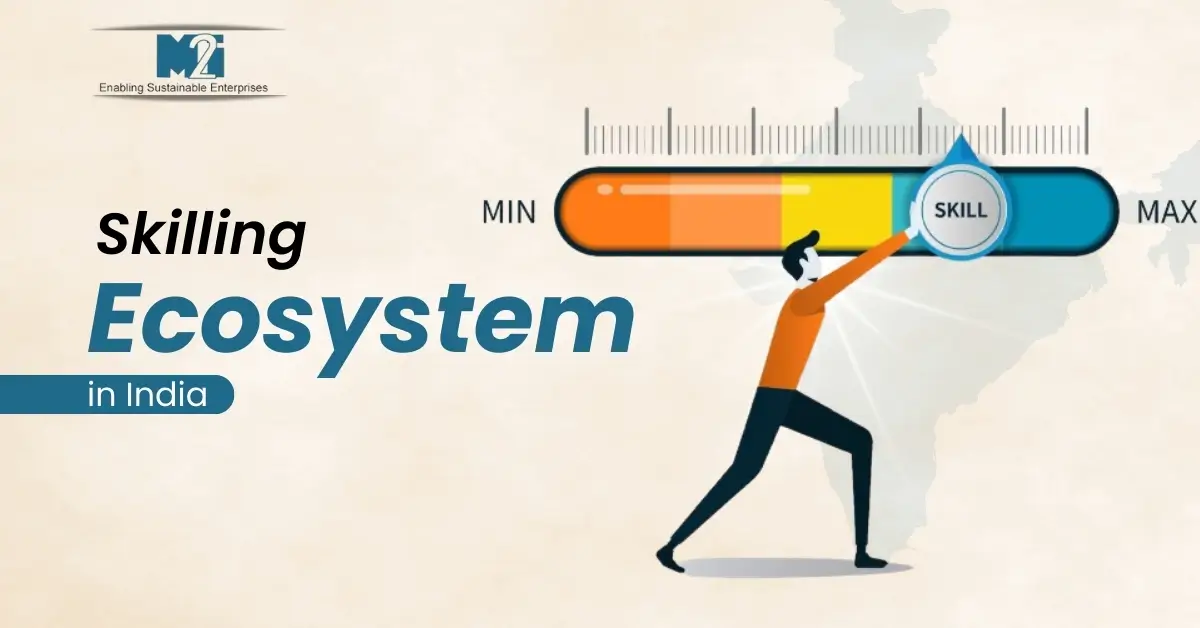
Skilling Ecosystem in India
India's skilling ecosystem is extensive, designed to enhance the employability of its large and diverse population. Here are some key aspects of this ecosystem:
-
Government Initiatives: The Indian government has launched various programs aimed at skill development. The most prominent among these is the National Skill Development Corporation (NSDC), established to promote skill development by catalyzing the creation of large, quality, and for-profit vocational institutions. Other significant initiatives include the Pradhan Mantri Kaushal Vikas Yojana (PMKVY), which aims to provide industry-relevant skill training to millions of youths.
-
Sector Skill Councils: These are industry-led bodies that create Occupational Standards and Qualification bodies, develop competency frameworks, conduct train the trainer programs, and conduct skill gap studies. They ensure that the training programs are as per the needs of the industry.
-
Vocational Education and Training (VET): This includes a range of institutions from Industrial Training Institutes (ITIs) to polytechnics that provide vocational education and training. They focus on practical and skills-based training which is crucial in preparing students for specific trades.
-
Integration with Formal Education: Increasingly, skills training is being integrated into formal education through vocational courses at the secondary and higher secondary level. Universities and colleges also now offer courses that combine traditional academic courses with vocational training.
-
Private and NGO Participation: Several private institutions and NGOs are actively involved in the skilling ecosystem, often in partnership with the government or international bodies. These organizations help in providing training and skill development programs that are not only up to date but also scalable.
-
Focus on Emerging Technologies: With the rapid pace of technological change, skill development programs are increasingly focusing on emerging technologies such as artificial intelligence, robotics, and digital marketing. This is to ensure that the workforce is ready for future challenges.
-
Challenges and Opportunities: While India has a robust framework for skill development, challenges such as the quality of training, alignment with industry needs, and the actual employment of skilled graduates persist. However, these challenges also present opportunities for innovation and growth within the skilling ecosystem.